Scoliosis
Scoliosis is a sideways curvature of the spine A curve develops in the spinal column that also rotates around its own axis. The term “scoliosis” comes from the Greek word for curvature. Scoliosis refers to a crooked spine. In most cases, two curves form, although a single curve also occurs. The rotation of the spine causes a bulge of the ribs on the back side. This bulge is known as a Gibbus.
What types of scoliosis are there?
Scoliosis can be divided into four types: idiopathic (unknown cause), congenital (present from birth), neuromuscular (caused by a muscle or nerve disorder), and degenerative (caused by ageing).
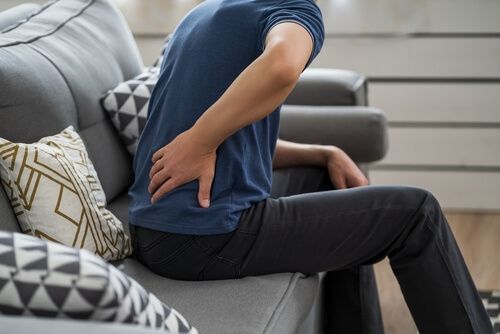
Idiopathic scoliosis (unknown cause)
Idiopathic means without a known cause. In 80% of scoliosis patients, no cause is found. However, there are indications of multiple contributing factors, including a hereditary component, possibly in the form of weakened connective tissue, and a neurological factor such as a disorder in the central nervous system. In idiopathic scoliosis, the muscles and vertebrae are initially normal, but a deformity or curvature develops during growth.
Congenital scoliosis (present from birth)
Congenital scoliosis arises from one or more structural abnormalities in the spine present at birth, such as hemivertebrae or fused vertebrae. These scoliosis abnormalities often occur in multiple areas of the spine. These abnormalities develop during the first weeks of pregnancy. The scoliosis is already present at birth. Some congenital scolioses go unnoticed, while others lead to significant physical symptoms and spinal deformities.
Neuromuscular scoliosis (caused by muscles and nerves)
"Neuro" refers to nerves and "muscular" to muscles. Neuromuscular scoliosis occurs due to weakness or paralysis of certain muscles or muscle groups. It is often caused by muscular disorders such as Duchenne muscular dystrophy and spinal muscular atrophy.
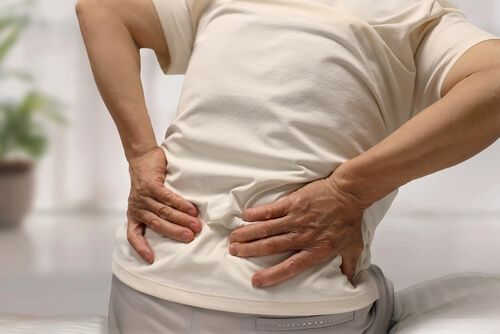
Degenerative scoliosis (due to ageing)
There are two types of degenerative scoliosis:
- Degeneration (wear and tear) of scoliosis that has existed for a long time, such as idiopathic scoliosis.
- A newly developed scoliosis in adulthood (usually after age 45) in individuals who had a normal spine as children or young adults. Degenerative scoliosis develops later in life due to ageing and wear (osteoarthritis), such as vertebral slippage, collapse of an intervertebral disc, or sometimes due to osteoporosis. This type of scoliosis usually affects the lumbar spine and often causes pain and limited mobility. It is commonly accompanied by spinal canal narrowing, nerve compression, and pain. Degenerative scoliosis can progress rapidly.
Postural scoliosis
In addition to “true” (structural) scoliosis, there is also (non-structural) postural scoliosis. This curvature develops due to poor posture. It is often caused by a leg length discrepancy. The spine attempts to compensate for the difference in leg length, leading to a curved growth. To address this, patients are prescribed specific posture therapy and exercises.
Scoliosis braces
In some cases, a back brace may be prescribed to treat scoliosis. This is especially common for adolescents who are still growing and have idiopathic scoliosis. The goal is to prevent the scoliosis from worsening.
For neuromuscular and congenital scoliosis, a back brace is sometimes necessary. Adults may be prescribed a special corset to support the spine or as a tool for pain relief. There are various types of back braces and posture correctors.

McDavid 493 Back Support
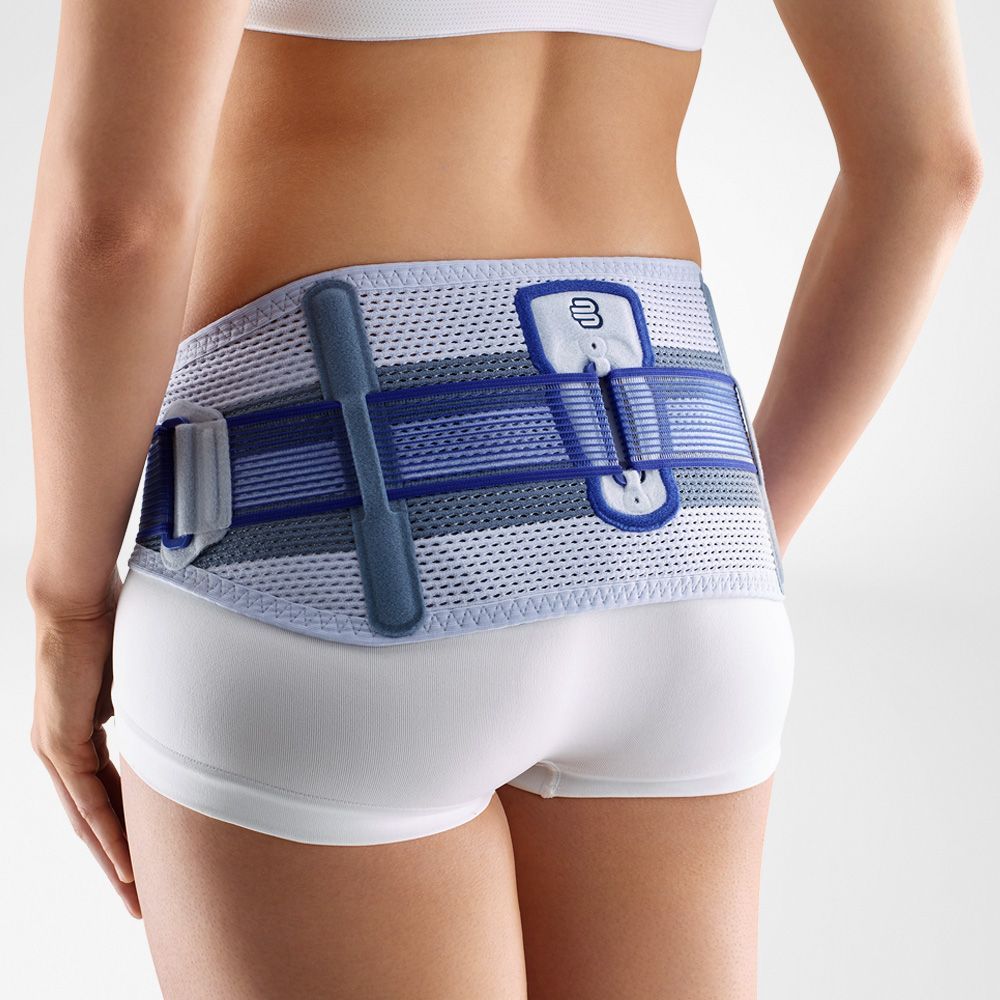
Bauerfeind Sacroloc Back Support - Pelvic Belt

Super Ortho Ceramic Magnetic - Magnetic Back Support

Bauerfeind Lumbotrain Straight Back Support
Protection level 3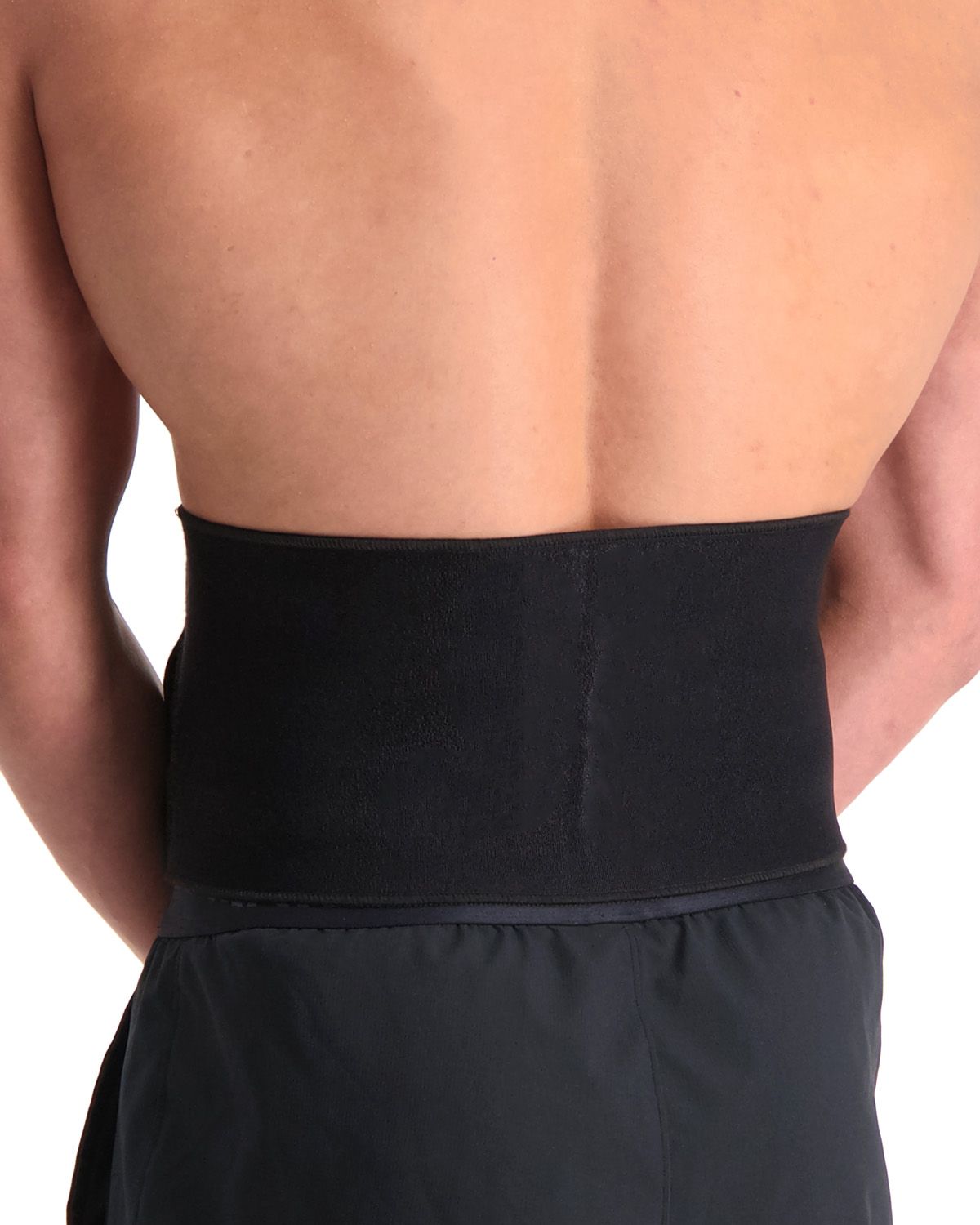
Dunimed Back Support (without Busks)

Gladiator Sports Back Support
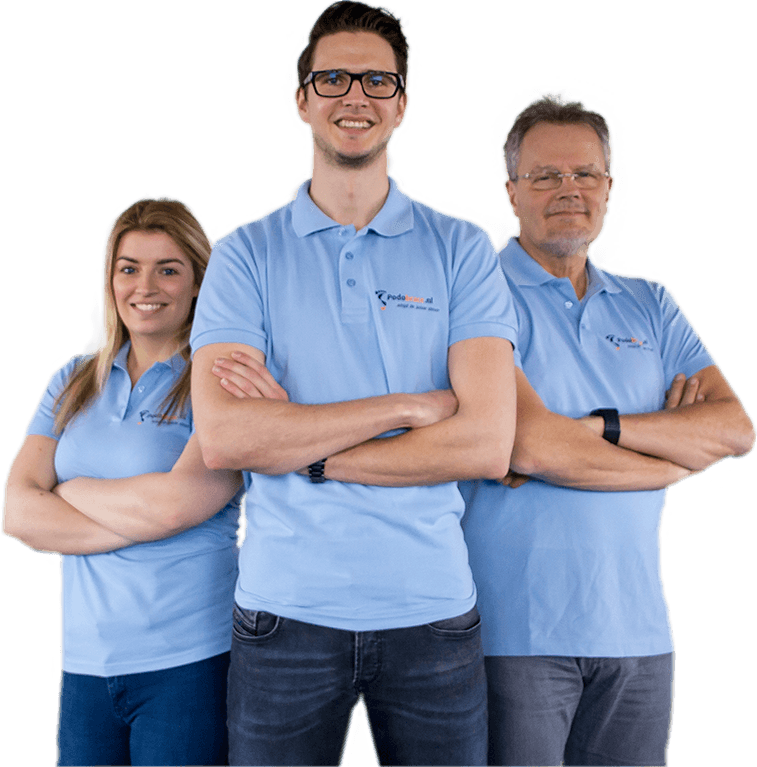
- Physiotherapist
- Sports podiatrist
- Manual therapist
- Podopostural therapist
- Myofascial dry needling specialist


